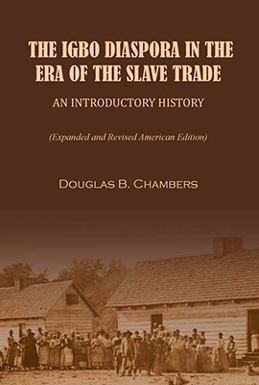
The Igbo Diaspora in the Era of the Slave Trade: An Introductory History
Of the estimated 1.7 million enslaved people taken from the Bight of Biafra in the transatlantic slave trade, some three-quarters or about 1.3 million were Igbo. As the British dominated the Biafran trade, especially before 1810, the great majority of enslaved Igbo wound up in the British Americas. The single most important diasporic destination in this massive forced migration was Jamaica. Enslaved Igbo also were taken in large numbers to other British Caribbean islands, as well as to what became the United States, and to the French sugar-island of Saint-Domingue (Haiti), and in the nineteenth century to Cuba and Brazil. This book explains the basic historical geography of the enslaved Igbo Diaspora and suggests the many ways that Igbo contributed to slave resistance and the development of early African-American cultures in the New World, as well as historical consequences of the violence of slaving for Igboland itself. Throughout the Atlantic world, Igbo Africans had a well-deserved reputation as “bad slaves.” Who in their right mind would wish to be remembered as a “good” slave?
